Healthy skin begins with proper cleansing; it's the first step of every skincare routine. But with so many different types of cleansers available, choosing between traditional cleansers and oil-based cleansers can be confusing. Cleansing oil vs cleanser? Understanding the differences between these two types of products can help you find the best fit for your specific skin type.
What is a Facial Cleanser?
A conventional facial cleanser is what you generally think of when purchasing a facial wash; it is a product designed to remove makeup, dirt, and excess oil, from your skin. These cleansers typically contain surfactants that bind to impurities. They work by breaking down dirt and oils on the surface of your skin, allowing them to be washed away. Facial cleansers may also contain moisturizing ingredients to protect the skin barrier and prevent over-drying.
Types of Conventional Facial Cleansers:
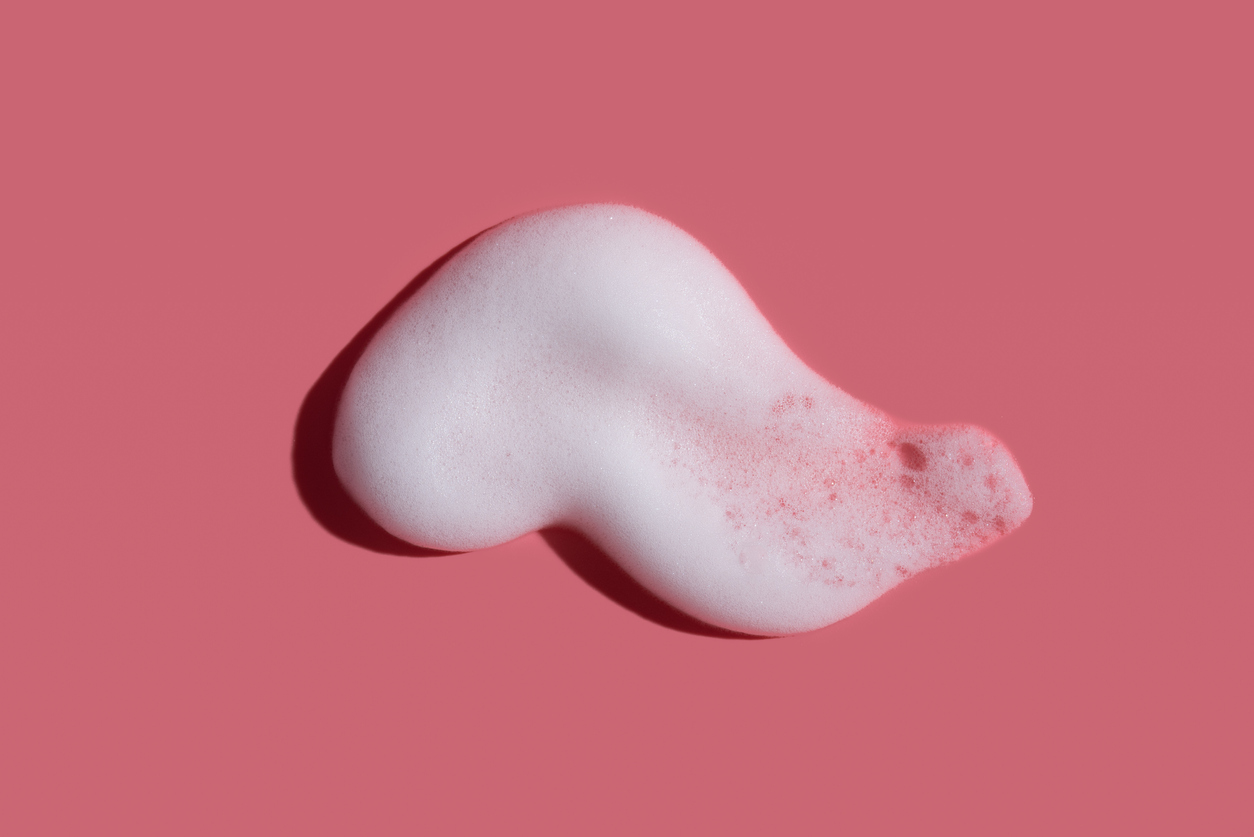
Foam Cleanser
These are usually lightweight and designed to foam when mixed with water. They can offer deep cleaning, particularly for oily or combination skin.
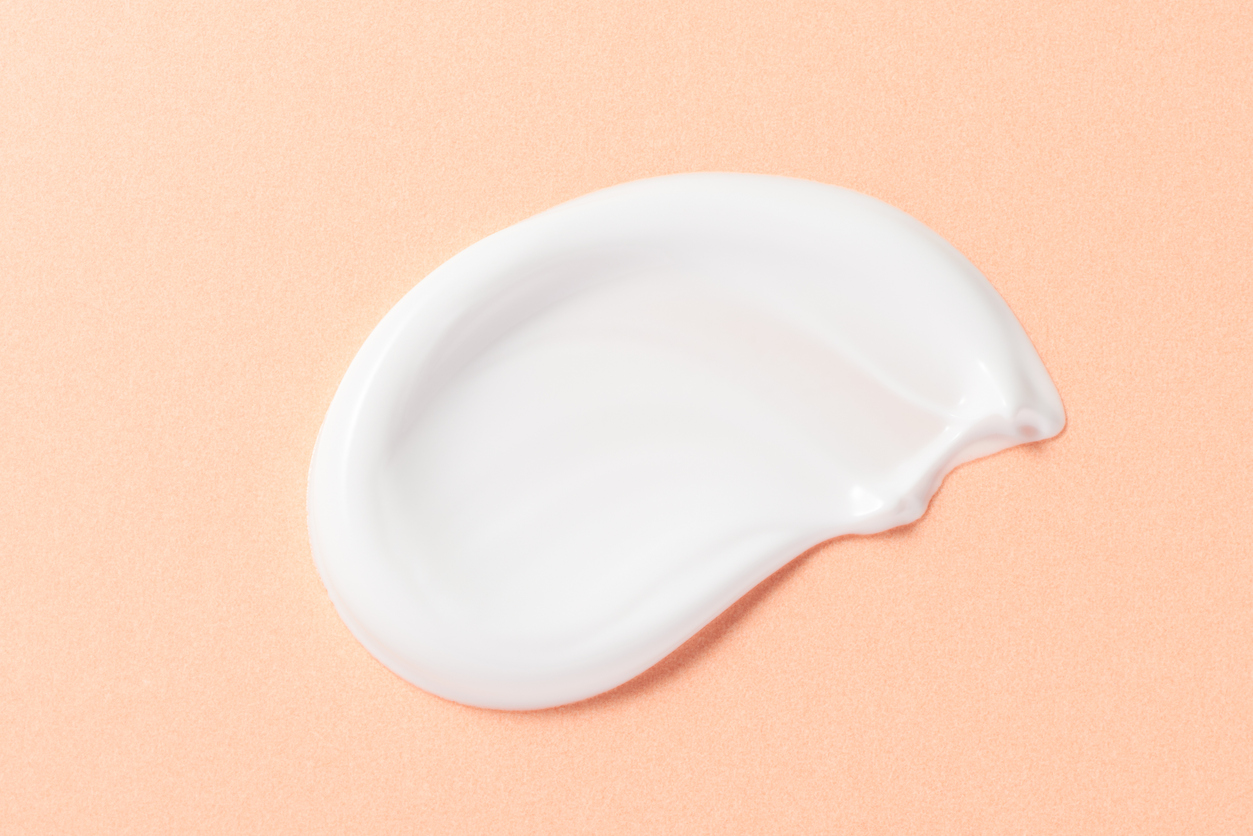
Cream Cleanser
Suitable for dry and sensitive skin types, these cleansers contain hydrating ingredients and provide a gentle cleansing experience without stripping the skin's natural oils.
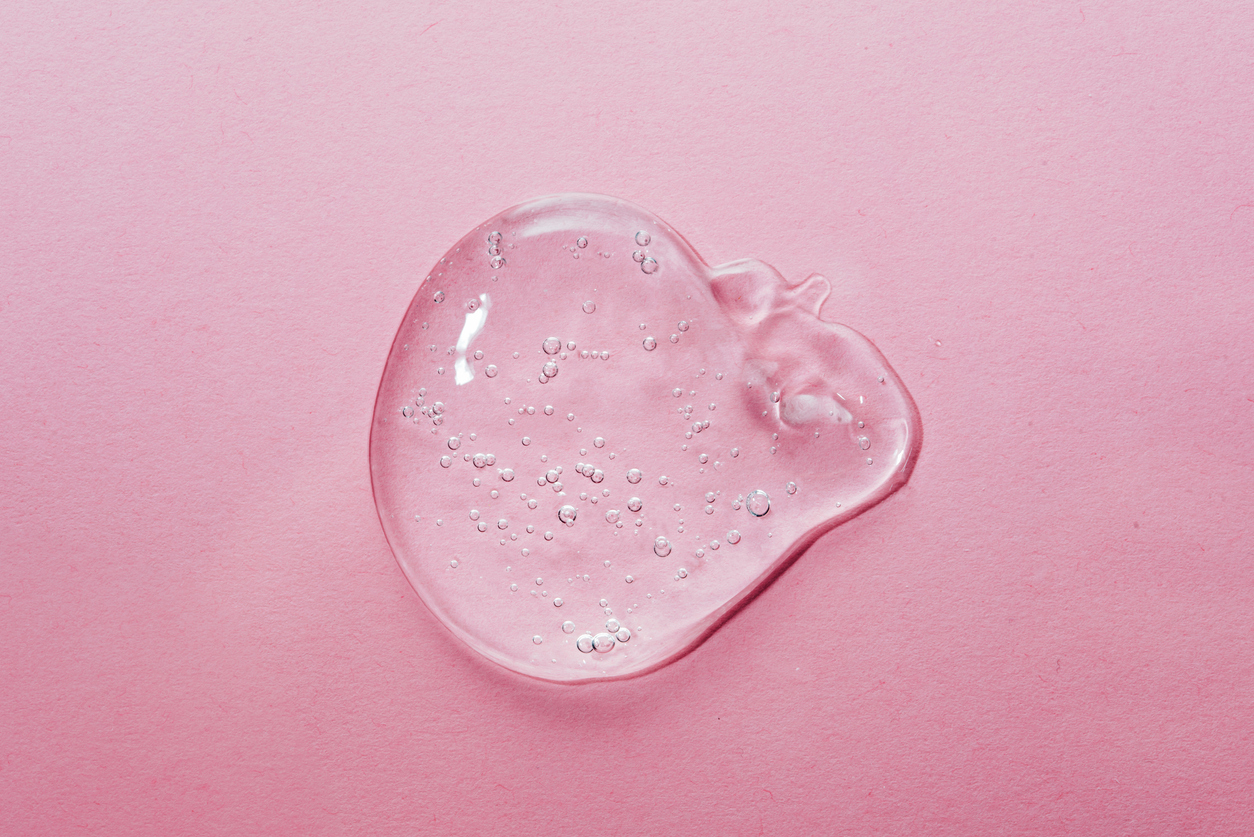
Gel Cleanser
These are often targeted at combination or acne-prone skin and provide a more thorough cleanse without being overly drying.
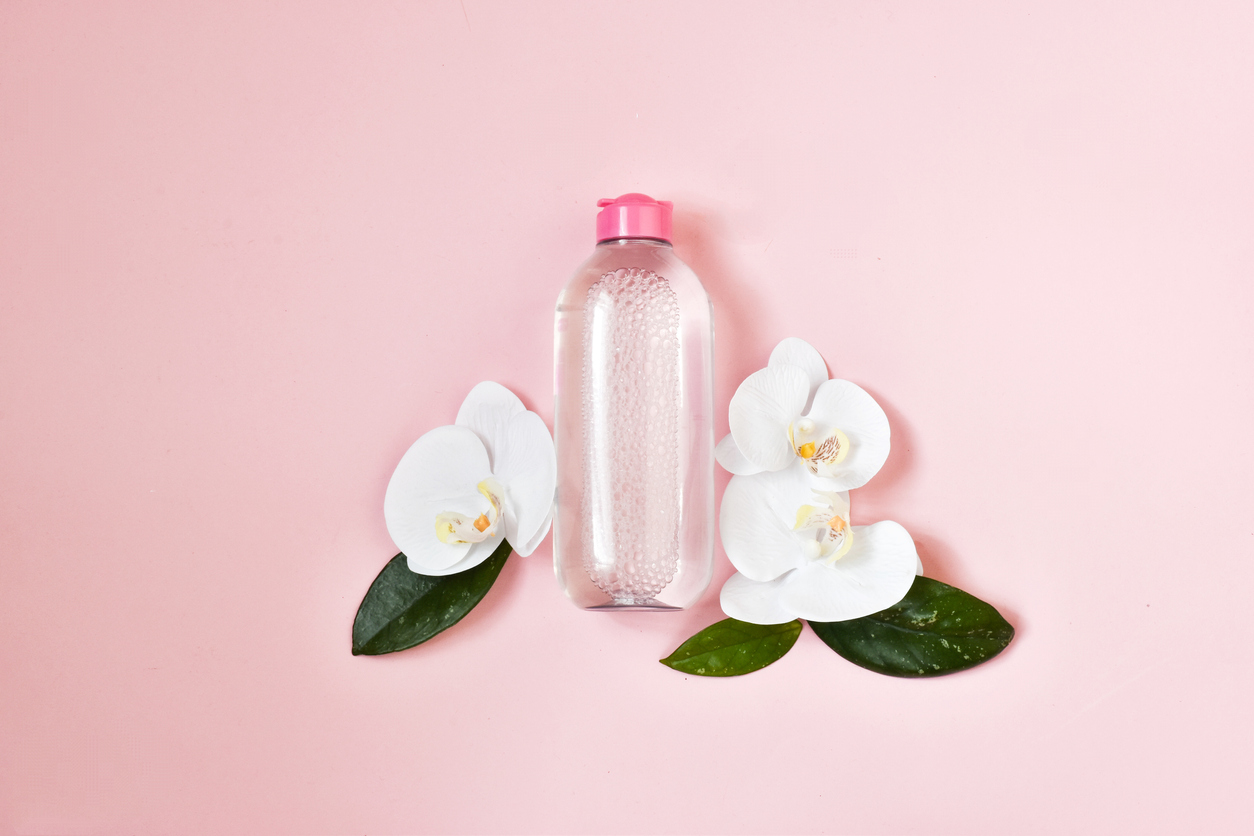
Micellar Water
This is a gentle, water-based cleanser that contains micelles, tiny balls of cleansing oil molecules, suitable for removing makeup, and suitable for most skin types.
Ingredients in Conventional Facial Cleansers
Most facial cleansers contain a combination of the following ingredients:
- Surfactants: These are the primary cleansing agents. Examples include Sodium Lauryl Sulfate, Sodium Laureth Sulfate, and Cocoamidopropyl Betaine. Surfactants work to break down dirt, oil, and makeup on the skin.
- Humectants: Ingredients like Glycerin, Butylene Glycol, Propylene Glycol, and draw water into the skin, helping to keep it hydrated.
- Emollients: These include oils and lipids such as Jojoba Oil or Shea Butter, which help maintain the skin's moisture balance.
- Preservatives: These prevent the growth of bacteria and mold in the product. Common preservatives include Phenoxyethanol, Ethylhexylglycerin, and Parabens.
- Fragrances: These are added to enhance the user experience, but they can sometimes cause irritation for those with sensitive skin.
- Exfoliants: Some cleansers include exfoliating agents like Salicylic Acid or Glycolic Acid to help remove dead skin cells.
What is Facial Cleansing Oil?
Cleansing oil, on the other hand, is a product based on the principle of "like dissolves like". It uses oil to cleanse the skin and remove impurities. The best cleansing oils can vary, with popular options including:
- Jojoba Oil: Closely resembles human sebum, making it a great option for balancing both oily and dry skin types.
- Grapeseed Oil: Lightweight and non-comedogenic, suitable for oily or acne-prone skin.
- Rosehip Oil: Rich in Vitamin A and essential fatty acids, it's known for its rejuvenating properties.
- Olive Oil: Known for its nourishing and hydrating properties, suitable for dry skin.
- Coconut Oil: Deeply hydrating, but it can be comedogenic for some, so it may not be suitable for acne-prone and oily skin types.
- Avocado Oil: Great for dry and mature skin, thanks to its rich, nourishing texture.
Cleansing oils work by bonding with the skin's natural oils and dirt, allowing them to be gently wiped away. They can be particularly beneficial for people with sensitive skin or dry skin types. Oil cleansers can provide a luxurious and nourishing cleansing experience, especially for makeup removal and to ensure all traces of sunscreen and pollution are removed from the skin. The gentle formula of facial cleansing oils can make them a valuable addition to many skin care routines.
Facial Cleansing Oil vs Cleanser, Which is Best?
Choosing between an oil cleanser and a traditional cleanser ultimately depends on your unique skin type and concerns.
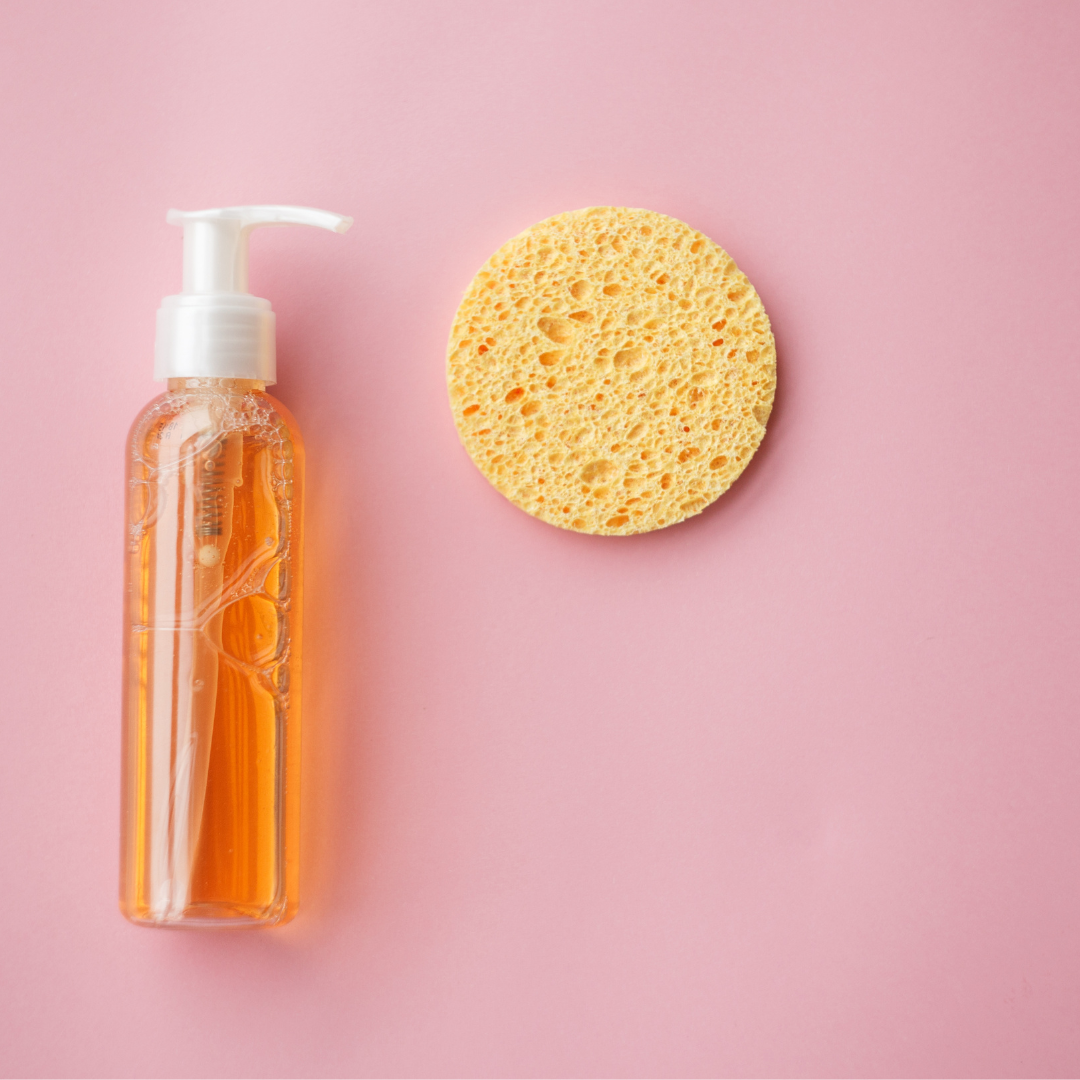
Dry Skin
For those with dry or sensitive skin, an oil cleanser can provide a gentle yet effective method of cleaning the skin without stripping the skin of natural oils. It helps maintain the skin's hydration levels and preserve its protective barrier, resulting in less irritation and dryness.
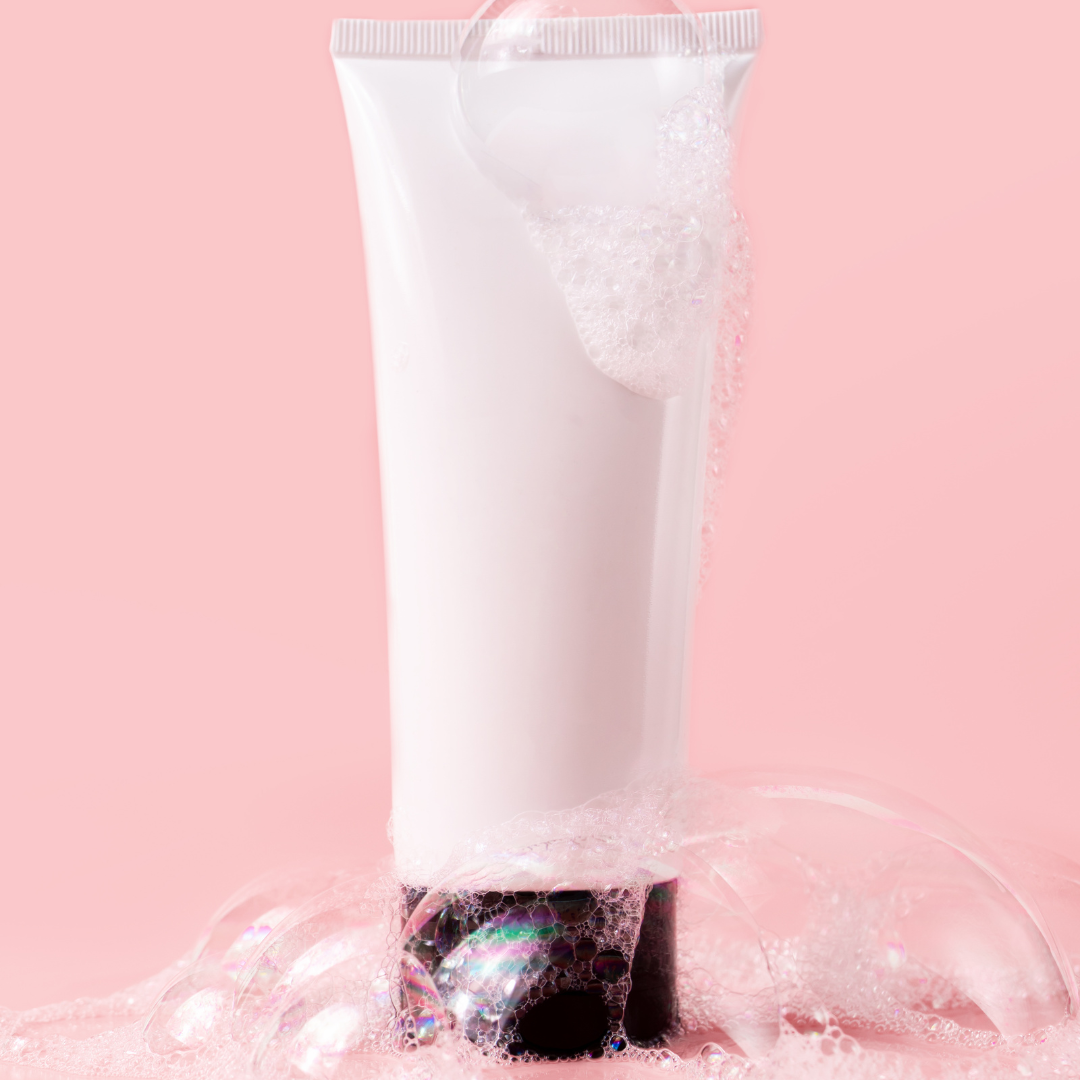
Oily/Combo Skin
If you have oily or combination skin, a traditional facial cleanser might be a better choice. These products typically contain ingredients that can effectively manage oil production and excess sebum without overly drying the skin. They help to prevent clogged pores and breakouts, ensuring that your skin remains clear and healthy.

Balanced Skin
For normal skin with no specific skin concerns, it is a matter of personal preference; experiment with each type to see which one works best for you. Some people find that using an oil cleanser in the evening to remove makeup and a traditional cleanser in the morning works best for them.
Double Cleansing
Oil-based products can be used in conjunction with traditional face washes in a method known as double cleansing, a skincare practice that originated in Japan and Korea, where it is considered a cornerstone of the skin care routine.
The purpose of a double cleanse is to ensure that all impurities, including dirt, oil, and makeup, are thoroughly removed from the skin. It can also help to maintain the skin's natural moisture and pH balance.
The first cleanse typically involves using an oil-based cleanser, which is effective in removing oil-based impurities such as sebum and makeup. The second cleanse employs a water-based cleanser to wash away water-soluble particles like dirt and sweat. This two-step process ensures that your skin is fully cleansed, enhances the effectiveness of subsequent skincare products, and can contribute to maintaining a clearer and healthier complexion.
First Cleanse - Oil-Based Cleanser
Begin with an oil-based cleanser. This could be a facial oil or cleansing balm. Apply the product to dry skin, massaging it gently across your face. This initial step dissolves and lifts away stubborn makeup and other oil-based impurities such as sebum and sunscreen. Rinse well with lukewarm water.
Second Cleanse - Water-Based Cleanser
The second step uses a traditional water-based cleanser. These can be gels, creams, or foams. This step is designed to remove any remaining water-based debris like dirt and sweat, providing a deep cleanse without stripping your skin's natural oils. Again, apply a gentle cleanser to your face with a damp washcloth, massage gently in circular motions, then rinse with lukewarm water.
The Wrap Up
Ultimately, the choice between a traditional facial cleanser and a cleansing oil depends on your individual skin type and personal preference. Dry or sensitive skin types might benefit from the gentle, nourishing properties of an oil cleanser, while oily or combination skin may find a traditional facial cleanser more effective.
That said, the double cleansing method, integrating both an oil-based product and a water-based cleanser, offers a comprehensive solution to ensure all impurities are thoroughly removed from your skin, thus maintaining a healthy and vibrant complexion. As always, listen to your skin's needs and adjust your routine as necessary. The goal is to choose a cleansing routine that leaves your skin feeling fresh, clean, and in prime condition for the rest of your skincare steps.
What facial products are working best for you? Tell me in the comments below!

0 comments